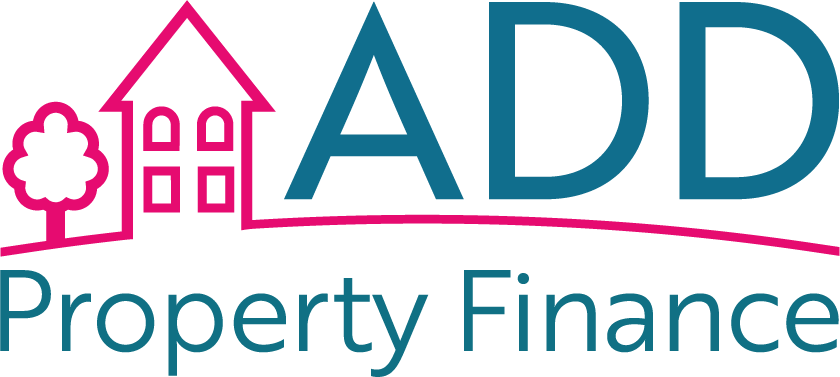Property development is a dynamic industry with its fair share of risks and challenges. One significant concern that developers face, especially when dealing with older or industrial properties, is the potential for contamination or pollution on the site. These risks can have far-reaching financial and legal implications. This is where environmental insurance for developers becomes a crucial tool in managing and mitigating these concerns.
Understanding Environmental Risks
Before delving into the specifics of environmental insurance, let’s explore the environmental risks property developers may encounter:
- Contaminated Soil and Groundwater: Past industrial activities or improper waste disposal can lead to soil and groundwater contamination. Developing on such sites can be costly and legally complex.
- Polluted Air Quality: Certain developments, such as those near industrial areas, may face concerns related to air quality and emissions.
- Hazardous Materials: The presence of hazardous materials like asbestos, lead-based paint, or mold can pose health and safety risks to workers and future occupants.
- Regulatory Compliance: Property developers must adhere to stringent environmental regulations. Failing to do so can result in fines, penalties, and project delays.
The Role of Environmental Insurance
Environmental insurance is a specialized type of coverage that helps protect property developers from the financial fallout of environmental risks. Here’s how it can benefit developers:
- Financial Protection: Environmental insurance covers the costs associated with investigating and remediating contamination or pollution on a development site. This can include cleanup expenses, legal fees, and third-party claims.
- Risk Mitigation: Having environmental insurance in place can make it easier to secure financing for a development project. Lenders often require proof of such coverage to reduce their own risks.
- Legal Compliance: Environmental insurance can assist developers in meeting regulatory requirements, ensuring that their projects adhere to environmental laws and standards.
Types of Environmental Insurance
Several types of environmental insurance are available to property developers, including:
- Environmental Liability Insurance: This covers the costs of environmental cleanup and legal defense in cases where a developer is held responsible for pollution or contamination.
- Environmental Impairment Liability Insurance: EIL insurance provides coverage for both known and unknown pollution conditions on a property. It’s particularly useful for developers working on brownfield sites or properties with a history of industrial use.
- Contractor’s Pollution Liability Insurance: This policy is tailored for contractors and subcontractors involved in development projects. It covers liability arising from pollution conditions resulting from the contractor’s work.
When Do You Need Environmental Insurance?
Environmental insurance is vital for property developers in the following scenarios:
- Development on Brownfield Sites: If your project involves redeveloping previously industrial or contaminated sites, environmental insurance is a must.
- Development Near Sensitive Areas: Projects near water bodies, wetlands, or areas with stringent environmental regulations should have environmental coverage.
- Handling Hazardous Materials: If your development involves handling or removing hazardous materials, this insurance becomes essential.
- Lender or Regulatory Requirement: Many lenders and regulatory bodies require developers to have environmental insurance as a condition for financing or permitting.
In conclusion, environmental insurance is a valuable tool for property developers facing the complex and evolving landscape of environmental risks. It offers financial protection, risk mitigation, and regulatory compliance, allowing developers to focus on their projects with greater confidence. When considering a development project, especially on sites with potential environmental concerns, consulting with an insurance expert to secure the right coverage is a prudent step in your risk management strategy.







